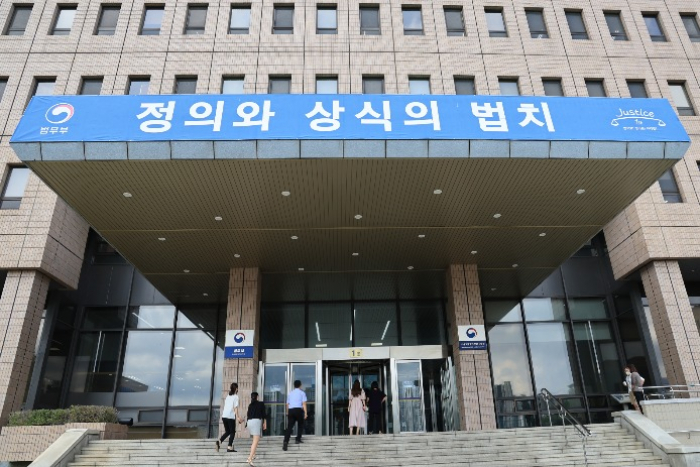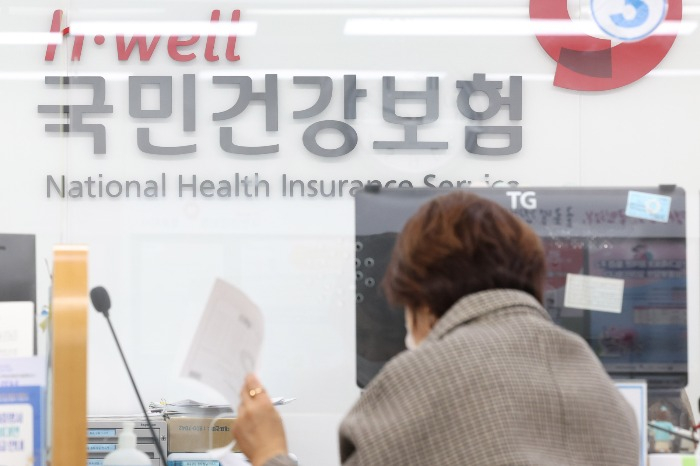S.Korea to tighten immigrant investor requirements
Minimum investment requirements for a Korean resident visa will triple, while those for a permanent resident visa will double
By Jun 30, 2023 (Gmt+09:00)
LG Chem to sell water filter business to Glenwood PE for $692 million


Kyobo Life poised to buy Japan’s SBI Group-owned savings bank


KT&G eyes overseas M&A after rejecting activist fund's offer


StockX in merger talks with Naver’s online reseller Kream


Mirae Asset to be named Korea Post’s core real estate fund operator



South Korea will raise the minimum requirements for the country’s investment immigration visa program amid growing controversy over foreigners’ abuse of their residency status to access the country’s social benefits, particularly its universal health insurance coverage.
The Ministry of Justice announced on Thursday that foreigners’ minimum required investment to secure the country’s F-2 residence visa and F-5 permanent residence visa will be tripled to 1.5 billion won ($1.1 million) and doubled to 3 billion won, respectively, from their current levels.
It will also end the foreign retirees' immigrant investor visa program, which currently allows a retiree investor over age 55 to earn Korean residency status — the F-2 visa — with a 300 million won investment and the F-5 visa after maintaining the initial investment for five years.
This is the first time the Korean government has amended the requirements for the country’s investment immigration visa program since its launch in 2013.
Asia’s fourth-largest economy introduced the Immigrant Investor Scheme for Public Business (IISPB) in hopes such investments would bolster the country’s economy.
SYSTEM ABUSE
But contrary to its expected benefits, the program has been criticized for its adverse side effects due to the low investment requirements needed to obtain Korean residency compared with those in other countries.
The US requires foreigners wishing to apply for permanent residence to invest about 1.3 billion won in a commercial enterprise and create at least 10 permanent full-time jobs for qualified US workers. The investment requirements for resident visas in Australia, Portugal and New Zealand are about 1.2 billion won, 2.0 billion won and 4.0 billion won, respectively.
Korea currently requires only a 500 million won investment for a resident visa and 1.5 billion won for a permanent resident visa.

The low barrier to Korea’s investment immigrant visas is perceived as allowing some foreigners to take advantage of the program by exploiting the country’s generous social benefits, especially the universal health insurance system, without residing in Korea.
Both F-2 and F-5 visas allow the investor's spouse and unmarried children to gain the same status. Even the investor's parents living outside of Korea can access Korea’s state health insurance program.
Last month, the Justice Ministry doubled foreigners’ minimum investment requirement for the country’s resident visa under the real estate investment immigration scheme to 1 billion won.
The ministry hinted at the time that the change aims to prevent foreigners from abusing the program by gaining easy access to the country’s social benefits without living in the country.
The real estate investment immigration system allowed foreigners to receive Korea’s F-2 resident visa with an investment of 500 million won or more in condos or other resort facilities in designated areas nationwide.
If they maintained the investment for five years, they would be eligible to apply for F-5 permanent resident visas. The real estate investment system was introduced in 2010 to encourage foreigners to invest in the country to help jumpstart local economies.
The investment immigration fund for public business under the IISPB program is currently managed by Korea Development Bank. It grants low-interest loans to the country’s small- and medium-sized enterprises and smart factories in hopes of advancing the Fourth Industrial Revolution and creating jobs in the country.
Write to Jin-Seong Kim at jskim1028@hankyung.com
Sookyung Seo edited this article.
-

-
 Business & PoliticsS.Korea to offer subsidies to foreigners investing in advanced technologies
Business & PoliticsS.Korea to offer subsidies to foreigners investing in advanced technologiesApr 26, 2023 (Gmt+09:00)
2 Min read -
 EconomyS.Korea pledges steps to attract more foreign investment
EconomyS.Korea pledges steps to attract more foreign investmentMar 08, 2023 (Gmt+09:00)
1 Min read -
 EconomyKorea to retain more skilled foreign workers with visa status upgrade
EconomyKorea to retain more skilled foreign workers with visa status upgradeDec 16, 2022 (Gmt+09:00)
2 Min read


